
I have always dreamed of visiting the Museum of Cosmonautics in Moscow and getting acquainted with the history of space exploration directly from the first person. See the first satellites and automatic stations, the suits of Yuri Gagarin and Alexei Leonov, models of the world's cosmodromes, taste the food of astronauts in the cafe "Under the Rocket" and, of course, buy souvenirs.
One fall I managed to plan a flight to the hero city of Moscow. The capital greeted me with good weather.
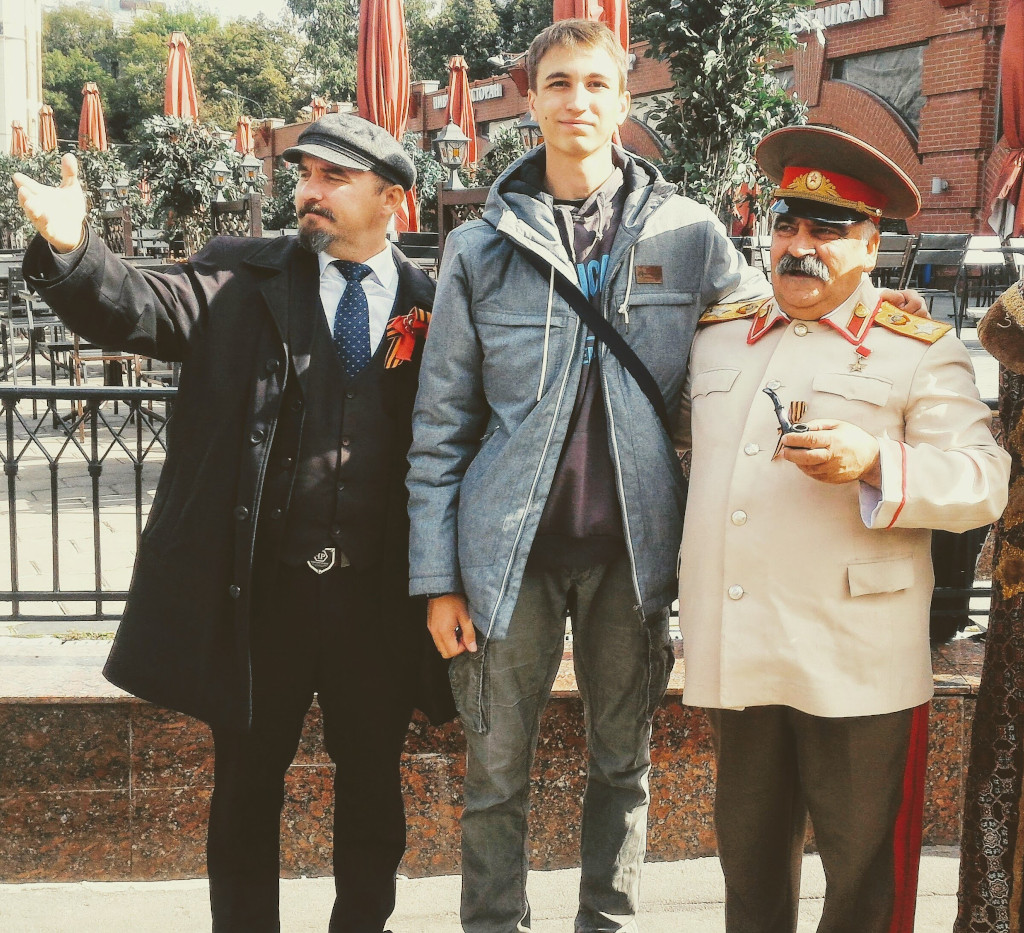
One of the first museums that I visited was, of course, the Cosmonautics Museum located at VDNKh.

Taking an audio guide, I spent the whole day admiringly studying the expositions of one of the largest scientific and historical museums in the

world.A little later, I also visited the large planetarium of the capital, where I enthusiastically watched the night sky in the starry hall:
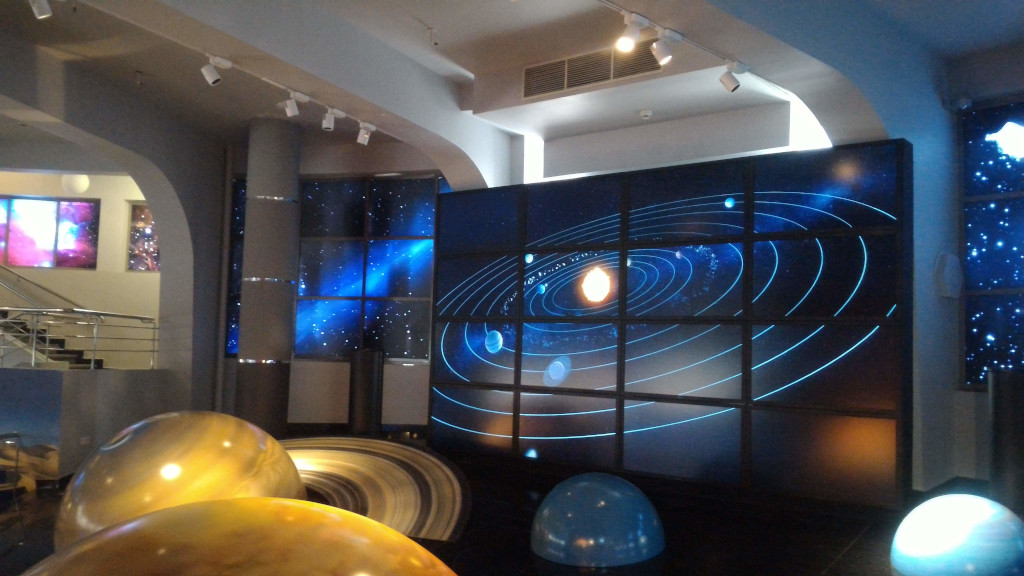
Leaving, as Muslim Magomayev sang, “The Best City of the Earth”, I was inspired by the impressions and was incredibly glad that I had made my dreams come true.
To this day, the theme of space inspires me and I decided to develop a small game for a mobile phone on this topic.
As a basis, I decided to take the Soviet orbital rocket ship Buran, created as part of the Energy - Buran program:

The main idea was for the player to control spacecraft was able to put it into the nearest orbit. But what I wanted most of all was for the physics of the game world to be close to reality.
Of course, the task was not to develop a simulator, but I wanted everything to look like reality
And so, there is a spaceship "Buran" which is controlled by the player. The ship must take off from the launch pad and must pick up speed. In other words, the speed will not be a constant, it must constantly change up or down.
The altitude of the so-called "low reference" orbit, from which most spacecraft are "pushed off", is approximately 200 kilometers above sea level. So Buran must overcome the 200 km mark to win:

With all these indicators in mind, I created a physics simulation. The higher the speed, the greater the distance covered. If the speed slows down for any reason, it means that the distance traveled will become less.

With the physics programmed in place, I started designing objects in order to subsequently tie them to indicators.
The first object was Buran itself. I divided the entire object into four parts: three accelerators and the ship itself:

I made the separation in order to program the undocking of accelerators at points of distance. The first two accelerators will have to undock at 42 km, the last at 150 km.
Each part is a separate field of a single blizzard class. Each element has its own position, width and height. Each component is drawn separately in layers. But I also made a unified position. That is, if I change this position, then all its parts will also change this position and the object will move as a whole:

To begin with, as a test, I made the first division at 5 km, and the next at the 20th.

The next step I took off the spacecraft from the launch pad at the space station. Although it obviously seems that Buran is flying, in fact it is an illusion, the rocket plane always stands still, but the objects of the game world move around it.
In other words, the position of the Buran along the Y axis, in this case, does not change, but the position of the launch complex is shifted:

To make the movement of the storm and its increase in speed more noticeable, I added clouds that create the effect of flight.
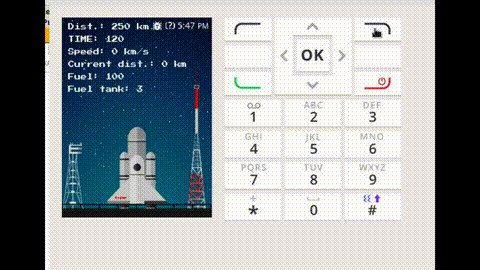
I also wanted to add a fuel consumption function to the game. At the start of the game, the ship contains several fuel tanks that can be used if necessary. If the fuel drops to zero, the accelerator turbines stop emitting flame. When the player uses the fuel tank, the fire reappears.
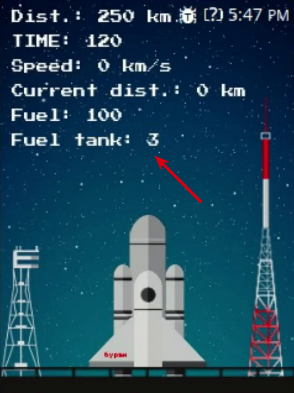
It would seem that one could put an end to this, but the gameplay of the game seemed to me quite simple and boring. I wanted to add game elements that would force the player to make an effort to achieve better results by the end of the game.
There are many factors that can affect the speed of a rocket plane, and to make the game more interesting, I decided to add meteors.
When a rocket plane collides with meteors, fuel leaks by 20 indicators, which means a decrease in speed. The higher the speed, the more difficult it is, of course, to dodge falling celestial bodies.
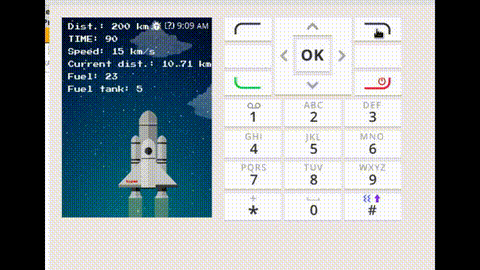
The final stage was to put things in order in the dashboard, added sound effects and a finishing screen:

At this, it would seem, it is already possible to send the application for publication, but something prevented me from doing it. With a little thought, I added one more function to Buran - acceleration.
At the start of the game, the pilot is given 3 boosters that can be used throughout the game. This makes it possible, even with the consumption of all fuel tanks, at the final moment to get to space if all resources are correctly allocated during the gameplay.
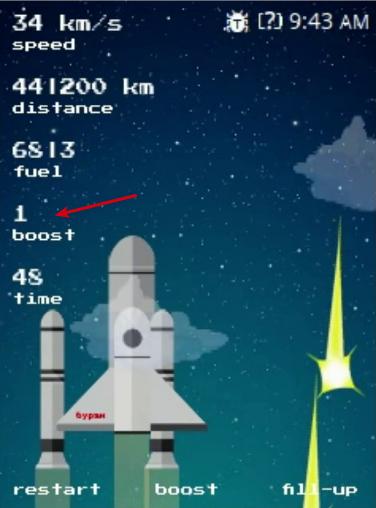
At this point, I decided to complete the development and began testing on the phone. During the test, the game, I adjusted the amount of the fuel tanks, accelerators, the number of meteors and other nuances to make the app more playable:
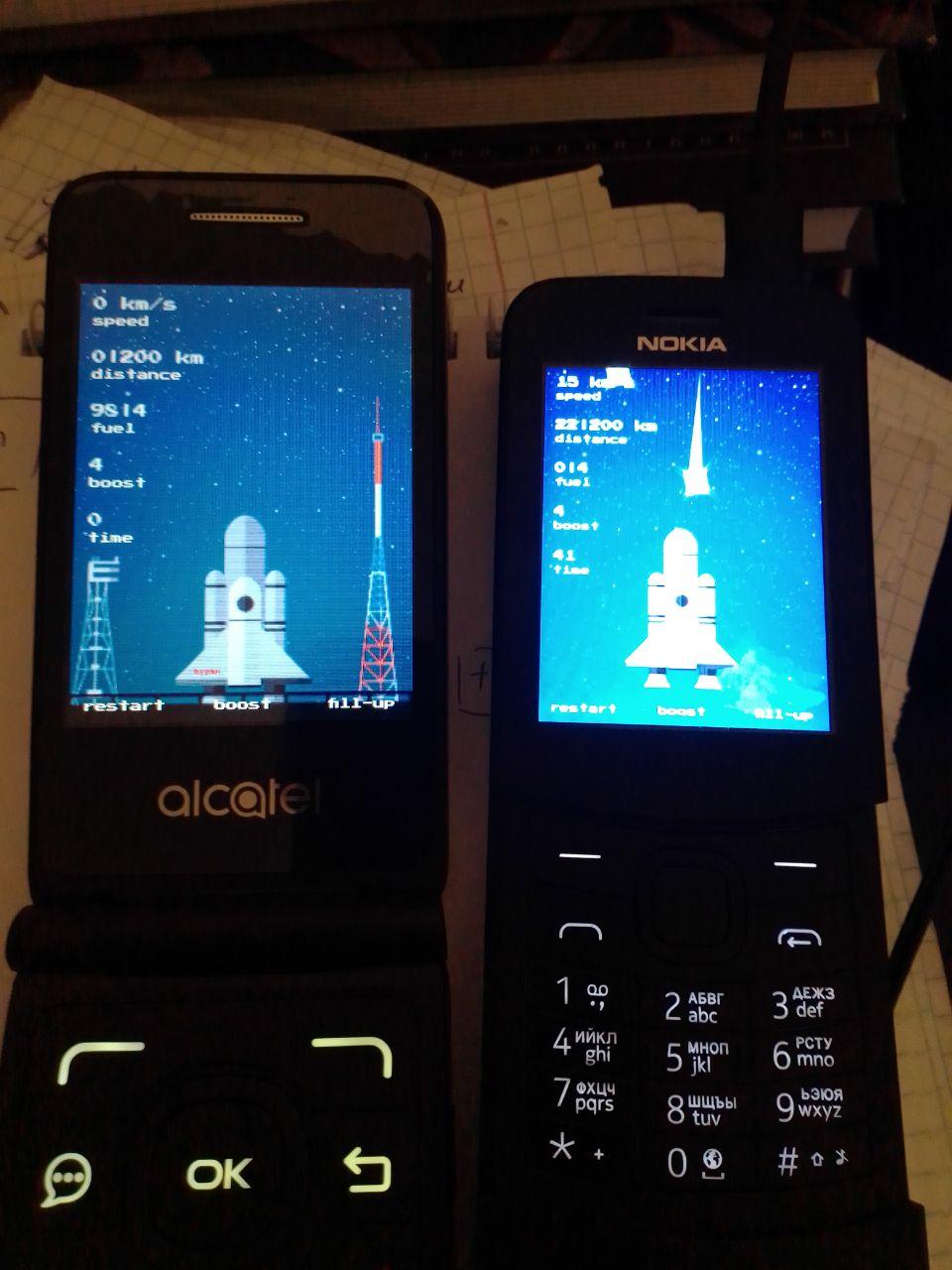
The final work on the project is the development of icons, descriptions, and direct the publication itself:

one can observe the following statistics 3 months after publication of the application:
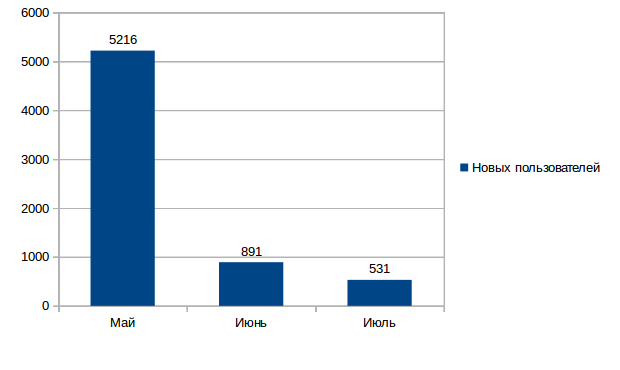
The In May, the game was in peak demand among users of phones based on the KaiOS operating system . This was facilitated by the fact that the editors chose this game as recommended and it was displayed on the first page of the market within one week. In June and July, there is a decline in interest for the application.
As for monetization, the following picture can be observed:
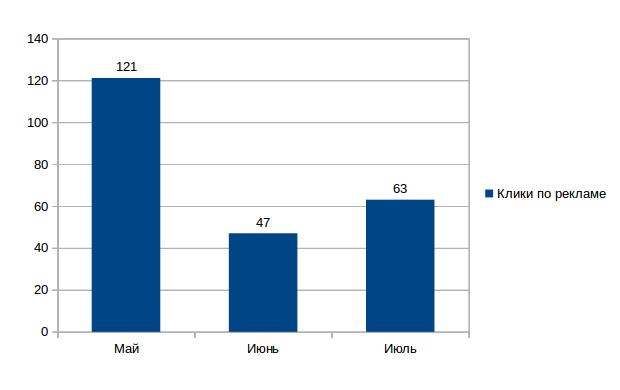
In May, the number of clicks on advertising reached a peak of 121 clicks; in June, it dropped three times compared to the previous month, but in July demand grew again, albeit by a little ...
As a result, although the legendary orbital rocket ship Buran successfully conquered virtual space, the project itself, to my regret, did not take off.
But my skills in developing and launching such projects from scratch have grown a lot. And who knows what statistics this app will show in the future? Perhaps tomorrow Buran will pick up the necessary speed to really fly. Life will show!
Thanks to all!